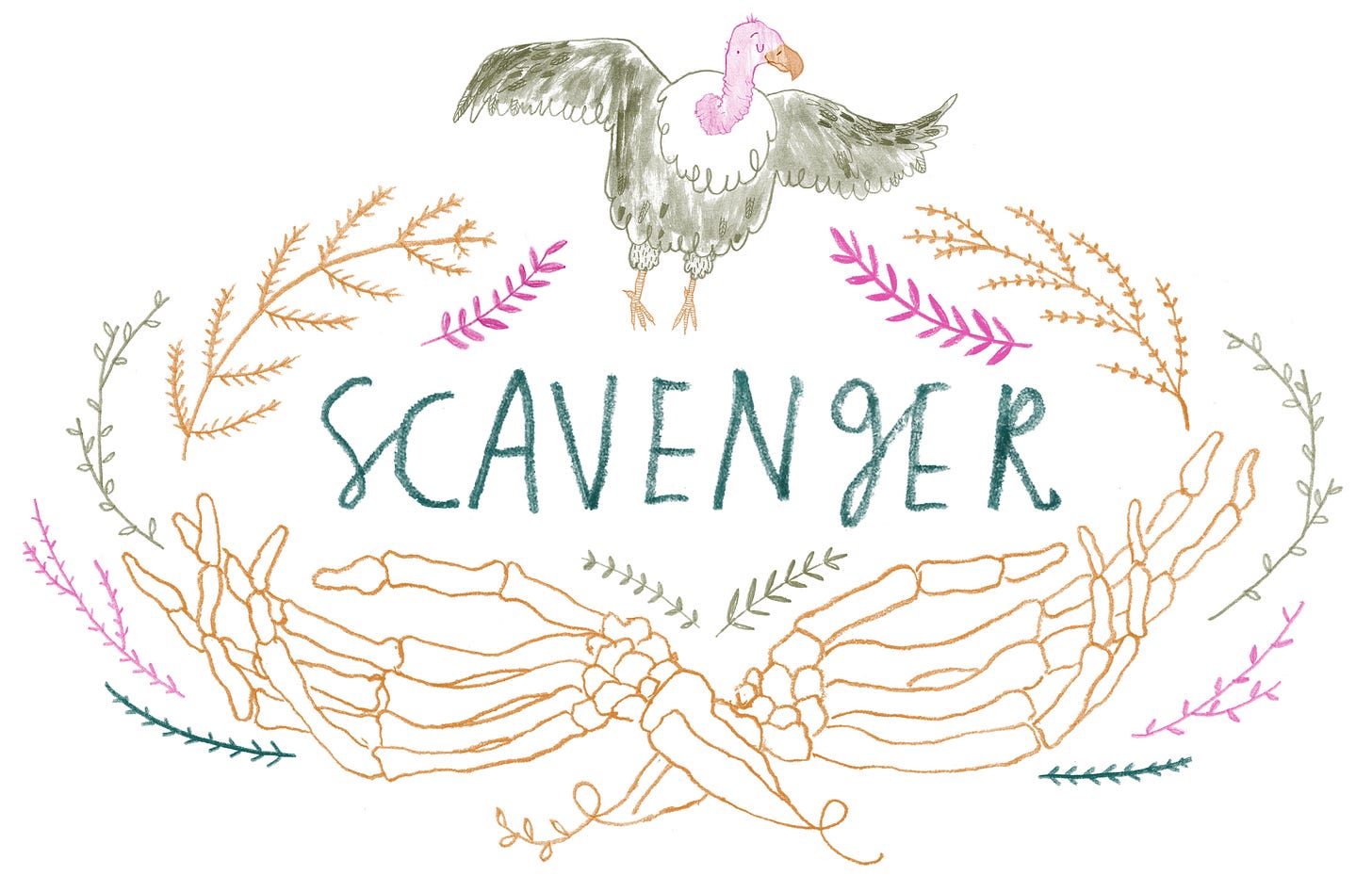
Among advertising legends, New Coke looms large. In 1985, Coca-Cola unveiled an updated recipe meant to adapt to consumers’ changing tastes. The soda was sweeter, less sharply carbonated – essentially, more like Coke’s biggest competitor, Pepsi.
Instead of approval, protests erupted. Angry fans of the old Coke recipe even sued the company. The incident has been memorialized as one of the biggest fails ever, popping up in countless business blogs as an easy case study that can be boiled down into simple truths: Customers don’t like change, and they are always right. (Another thing that hasn’t aged well: Bill Cosby starred in the original New Coke commercials.)
That’s why Coca-Cola’s announcement that they’re bringing New Coke back is so surprising. Thanks to the new season of Stranger Things, 500,000 cans of New Coke will be available for a limited time. While the Duffers concocted a new season of supernatural adventures, Coca-Cola employees painstakingly recreated ads and can prototypes from scratch and began fine-tuning the New Coke recipe once again.
The decision renewed debate about New Coke’s history: Did Coca-Cola epically screw up, or did the company intentionally spark protests as a publicity stunt? “Some critics will say Coca-Cola has made a marketing mistake, and some cynics will say that we planned the whole thing,” President and COO Don Keough told television cameras back in 1985. “The truth…is we’re not that dumb and we’re not that smart.”
But the most interesting read on the entire New Coke debacle came from Mother Jones’ Tim Murphy, who suggests it’s more complicated. In short: The myth is a lie.

To truly understand New Coke, you have to understand Coca-Cola’s outlook in 1985. It wasn’t a thriving company with a beloved product. In fact, Coke was losing out to Pepsi, especially at grocery stores, and sales were slipping.
Coca-Cola had no reason to predict the backlash against New Coke, either. Years of taste tests concluded, definitively, that consumers preferred the taste and carbonation of New Coke. In the months after New Coke launched, sales climbed. What’s more, consumers liked New Coke. Newspapers and phone surveys concluded that customers were happy with the change.
In light of New Coke’s reboot, a recent wave of taste tests have also concluded that New Coke isn’t bad. At Food & Wine, half of the staffers who tried New Coke in an informal taste test said it was fine or preferable, and one concluded that it tasted most like Diet Coke, which was released in 1982 after Tab was linked to unsettling health risks.
The backlash, then, had to be manufactured – specifically, by a Seattleite named Gay Mullins, who established a complaint hotline called Old Cola Drinkers of America to channel protests against New Coke. The group provided an opportunity for disgruntled consumers to vent their anger, and venting to an eager audience caused the anger to grow. Sound familiar?
Mullins’ motivation wasn’t explicit at the time, but seems obvious in hindsight: He saw an opportunity to build his brand. Mullins hoped Coca-Cola would want to shut him up badly enough to offer a payout, or that Pepsi would arrange some kind of financial acknowledgement of their shared goal to bring the company down. It never happened. When Coca-Cola replaced New Coke with Coke Classic, Mullins protested that, too.
All of these details conspire to make the story of New Coke more than an open-and-shut business case study. Tim Murphy’s piece is well worth reading in full, especially as he expertly links the old incident to current events:
We know this story. It’s familiar. This is country music rebelling against Elvis or Lil Nas X. It is people cutting the logos off their socks. It is Ted Cruz announcing Tuesday that he would boycott Nike for discontinuing a shoe he’d never bought. (There’s always a grift; it wouldn’t be true grievance politics without one.) It is protesting your alma mater because it replaced its racist mascot with a bear. It is every weird op-ed you’ve read about participation trophies or backpacks. It is the undercurrent of every cover story ever written about kids these days.
Frankly, I prefer the soda people to the rest of them. Not the Lost Causers, of course. I’m thinking of Mullins and his crew. There’s some value in bringing a corporate giant to heel, just to know we still can. Even if it was because a guy in Washington state wanted to make a quick buck. Maybe especially because a guy in Washington state wanted to make a quick buck. You can’t let the suits get too comfortable. Every now and then they have to see the flames in the whites of your eyes.

The story of New Coke, then, is a story about spin. Today, some people even argue that New Coke was an elaborately, intentionally planned disaster meant to reinforce brand loyalty from the start.
Meanwhile, the Duffers have their own spin. They’ve maintained that the Coca-Cola product placement was meant to enhance the authenticity of their story. “We’re not getting a revenue cut from any of this,” they told the New York Times. “The hope is that it just gets the show more exposure.”
In other words: Watch Stranger Things, buy New Coke, and don’t think too hard about the Coca-Cola commercial the Duffers subsequently shot or how much they earned from it.
Something else

I recently encountered Late Comeback Press at DC’s Art Book Fair, and I have become completely enamored with their zines and comics, which deal with themes of existentialism and communication. (The one I bought features phrases in English and Morse code as a way to explore the gaps between what we say and what we mean.) Check out their shop here, and support local publishers instead of Amazon!


